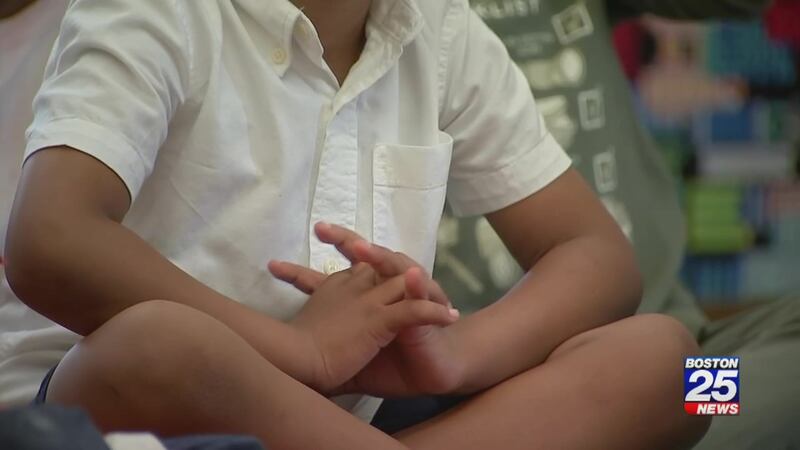Nearly one in five students in Massachusetts are in special education programming. The state is ranked second in the number of students enrolled in special education nationally, and many families move here for access to the services.
Boston Public Schools teacher Gretchen Meyers didn’t have far to go when her son received a disability diagnosis in the first grade. She tells Boston 25 News, she was ready to fight for access to some of the best special education services.
“Have notes in hand, and papers in hand," Meyers explains, “and say, ‘this is what my son has, and what can we do to bridge that gap so that he’s not left behind or left aside.’”
But there's growing concern that discrimination is guiding special education placements, rather than a student's disability in the state.
More boys than girls in special education
A report from the U.S. Department of Education shows 67% of all special education students are boys. Of that number, almost 80% of those students are black and Hispanic boys.
President of the Black Educators' Alliance of Massachusetts, Dr. Edith Bazile, says there's a cultural clash in the classroom. "When teachers engage students with whom they are not familiar, there may be some cultural dissonance. And it’s particularly true with black boys. What teachers will look at as a behavioral problem instead of a need for intervention. And so black boys are sent to special education much more quickly than any other group,” Dr. Bazile said.
The same DOE report shows black students are 40% more likely to be identified as having disabilities than their peers. American Indian students are 70% more likely.
Inclusion versus separation
Since the early 1990s, students in special education had been put in more and more inclusive educational settings. But that progress has stalled in the last decade.
Data shows when students in special education are separated from mainstream classrooms, graduation rates decrease. Nationally, 76% of white students in special education earned a traditional diploma. Those numbers drop to 65% for Hispanic students, and 62% for black students with special needs.
In late December 2016, the DOE issued final rules to prompt states to proactively address racial and ethnic disparities in the placement, and discipline of kids with disabilities.
Boston City Council Education Chair Annissa Essaibi-George has three sons and says boys just learn differently, especially in the early years.
"A lot of our boys in particular and boys of color in the City of Boston are often the only kids that are in sub-separate classrooms,” she told Boston 25 News.
The former teacher pushed for more school nurses and support staff in all of BPS. "Behavioral health specialists. Mental health specialists. If we had those supports at the appropriate level, most of our kids or many of our kids, that are pushed into these sub-separate classrooms wouldn’t be,” Essaibi-George added.
Experts in the field say implicit bias training and increasing diversity will also close these education equity gaps.
Mom and teacher Gretchen Meyers says for her, everything begins with advocacy. "Getting my son to the next level and not being left behind. He’s just as good as anybody else. In the classroom. Whether they be a different color, race, whatever.”
PREVIOUS:
Cox Media Group








